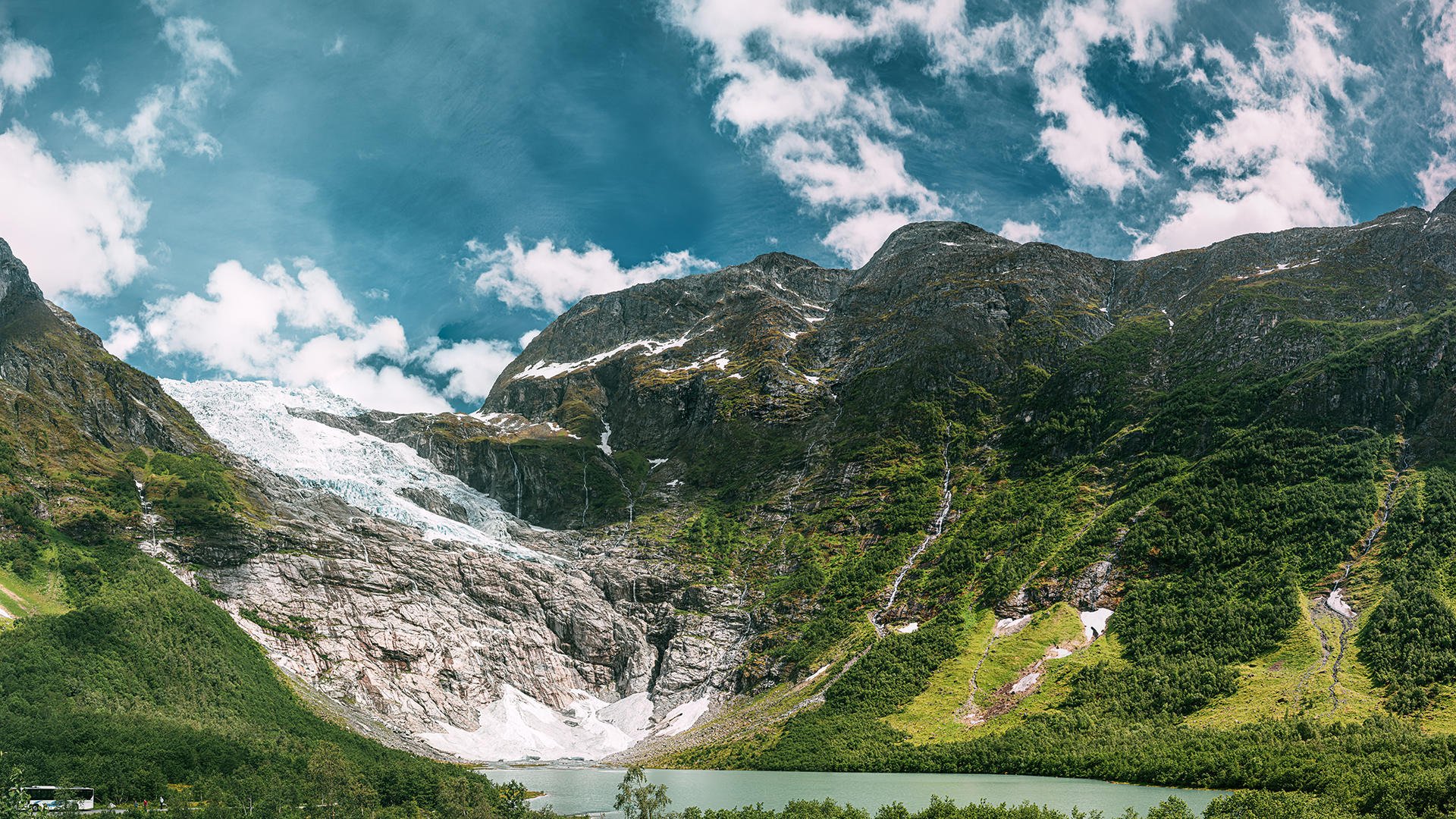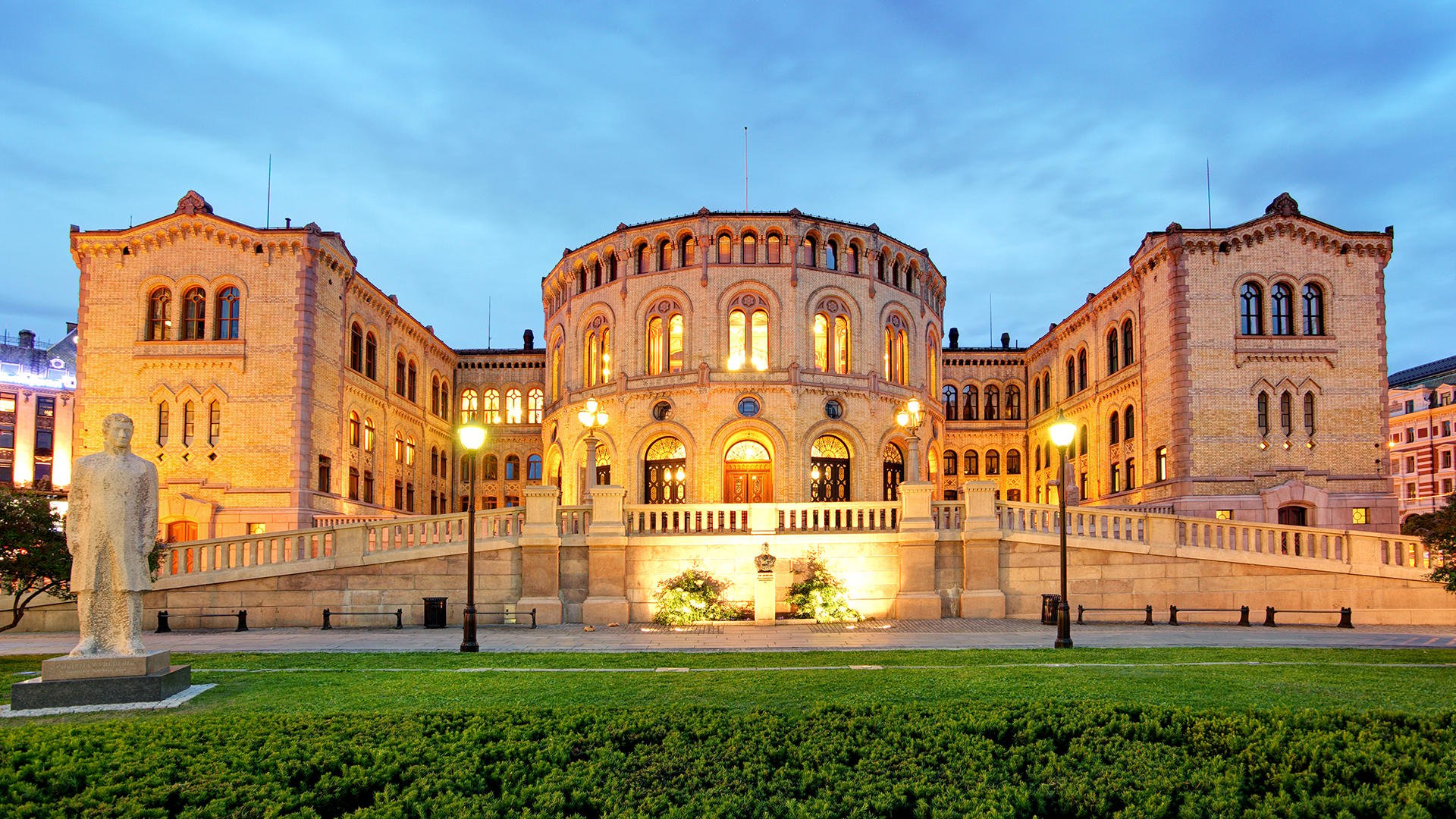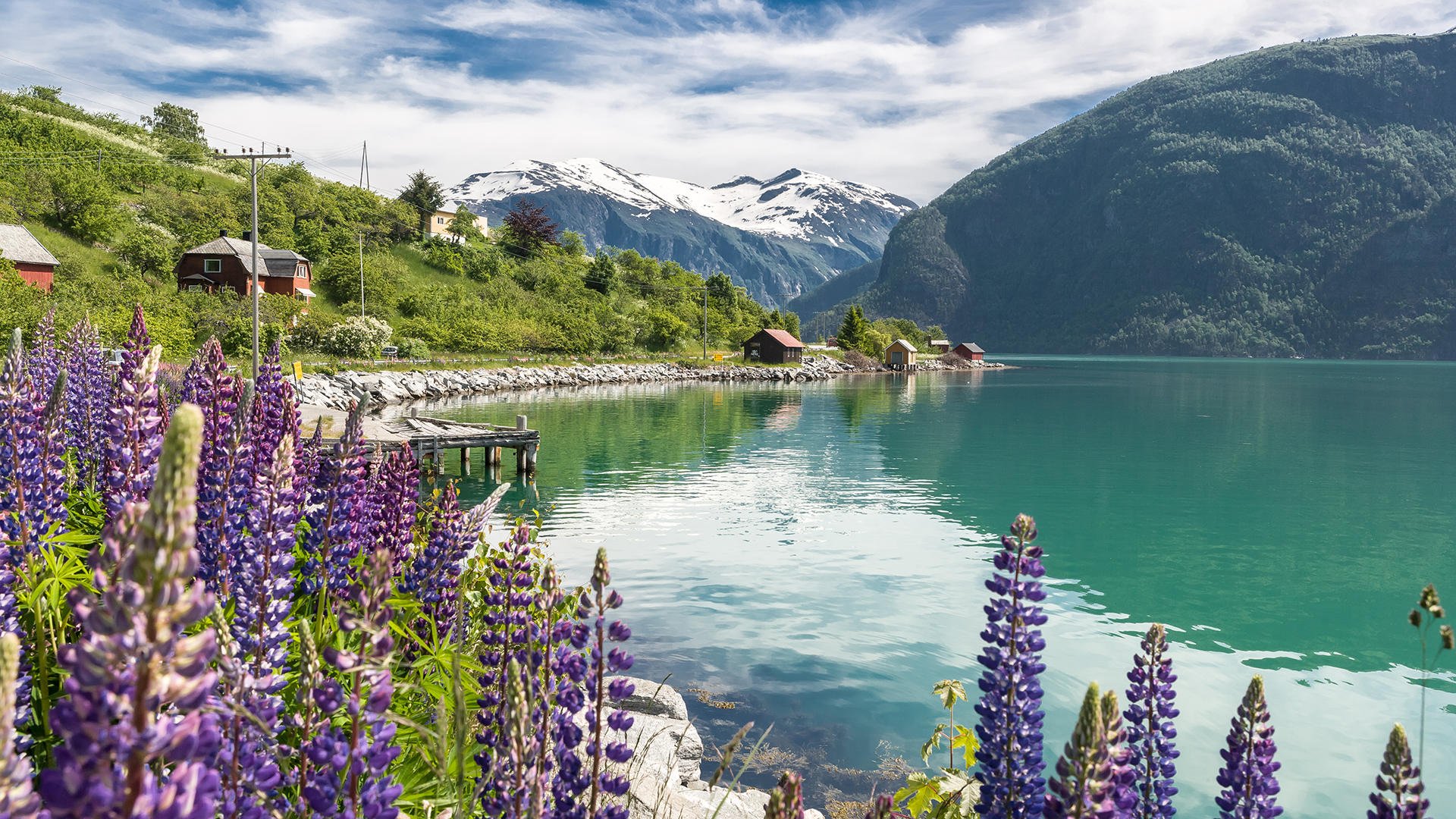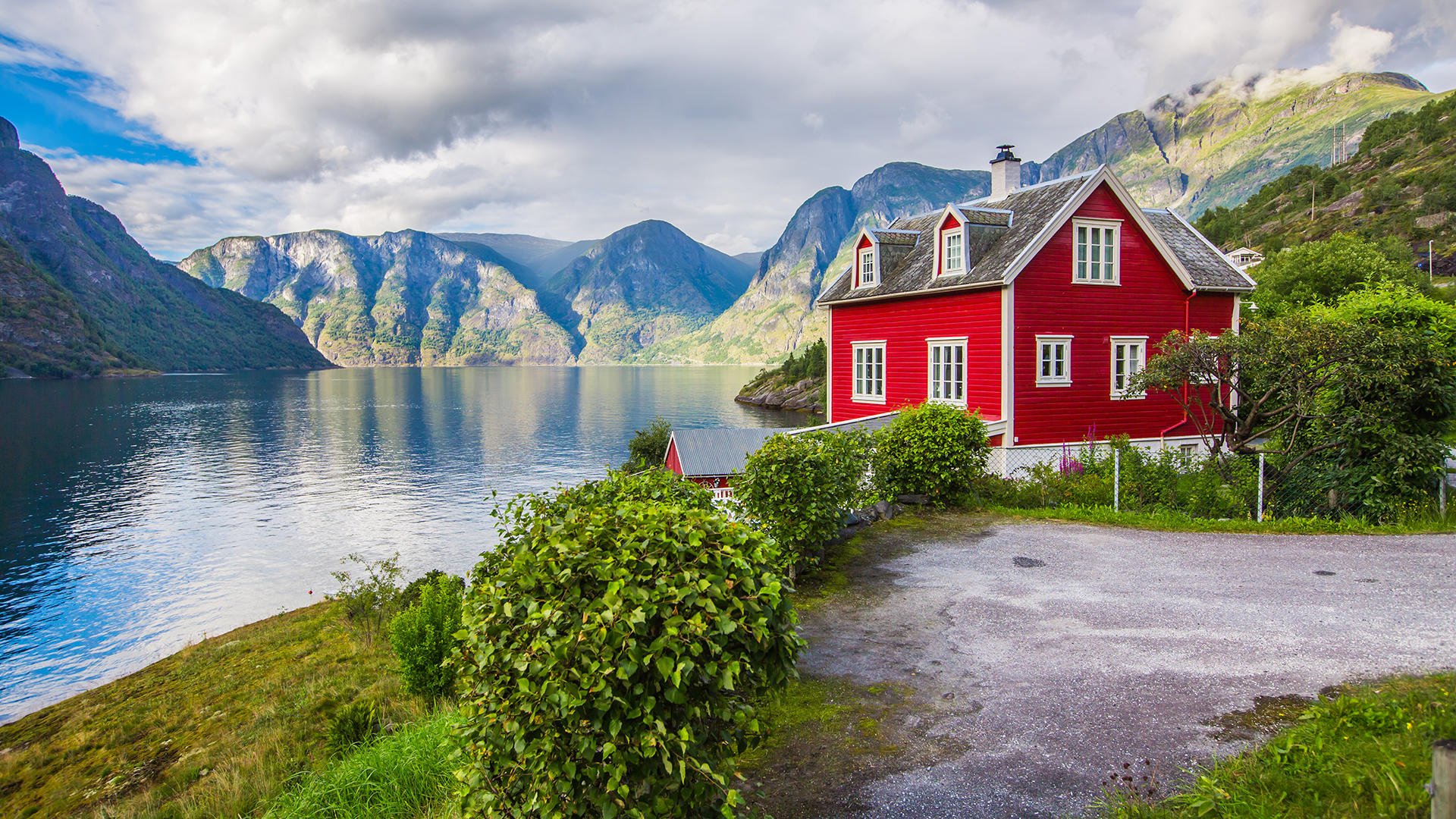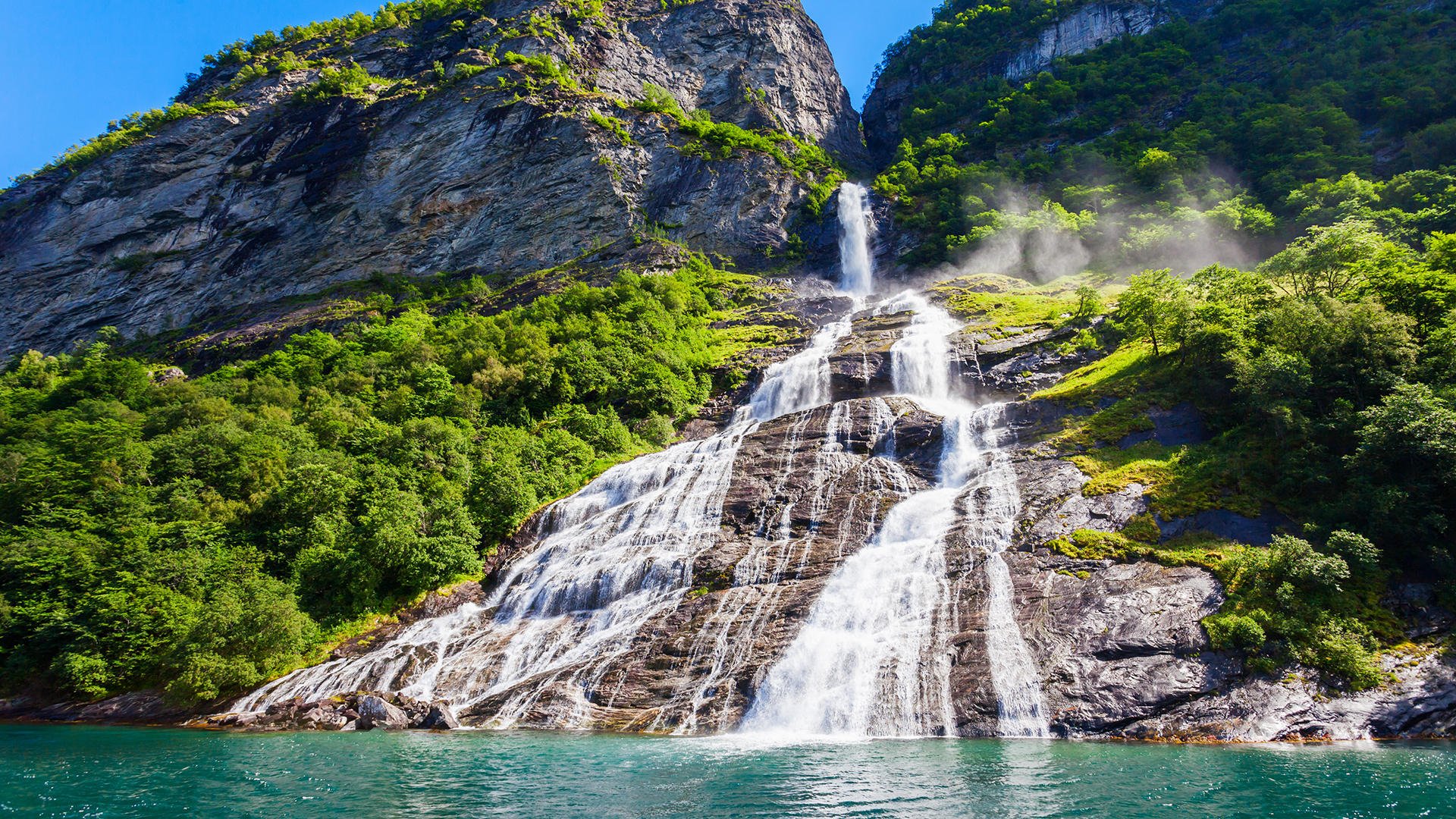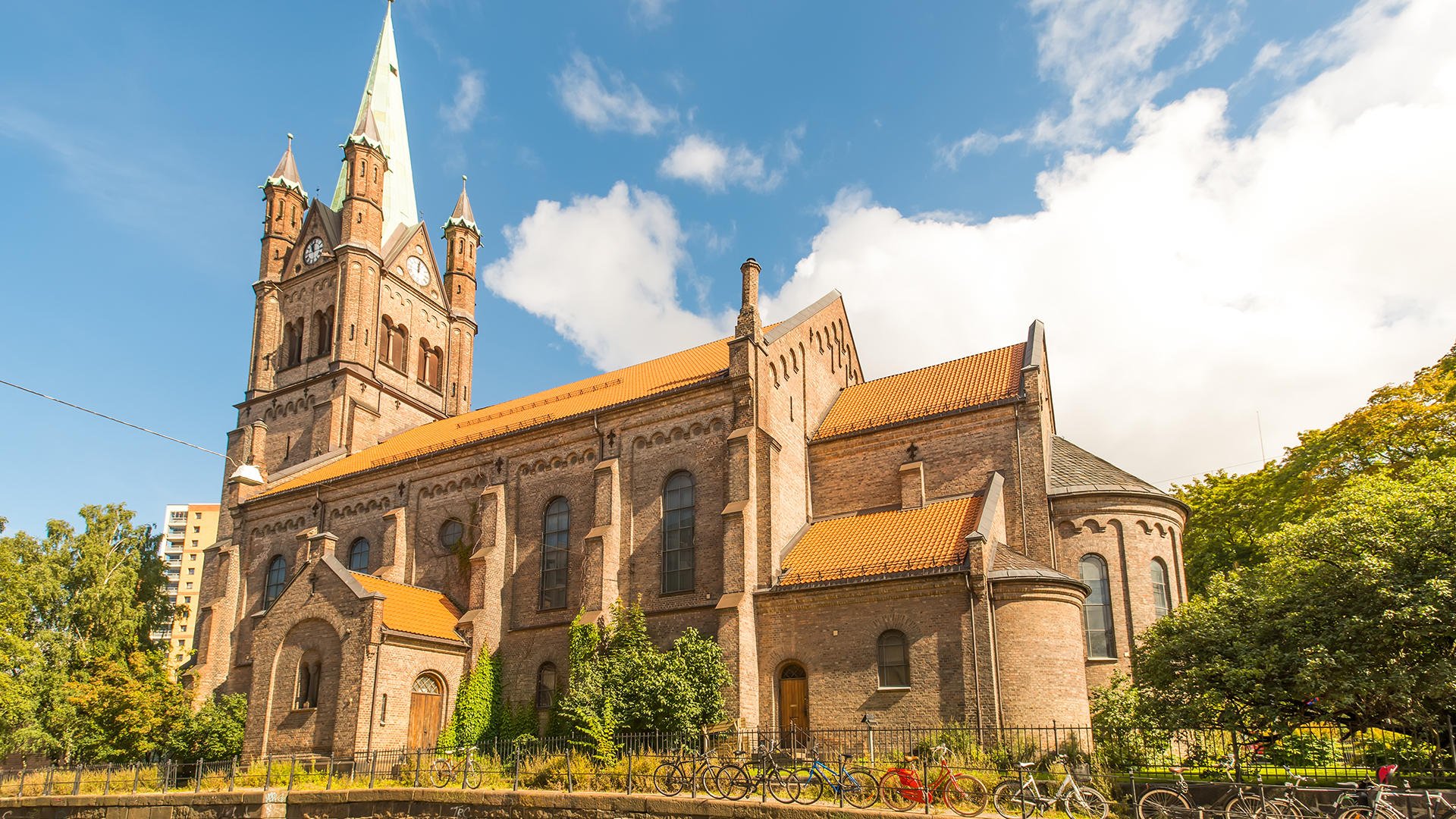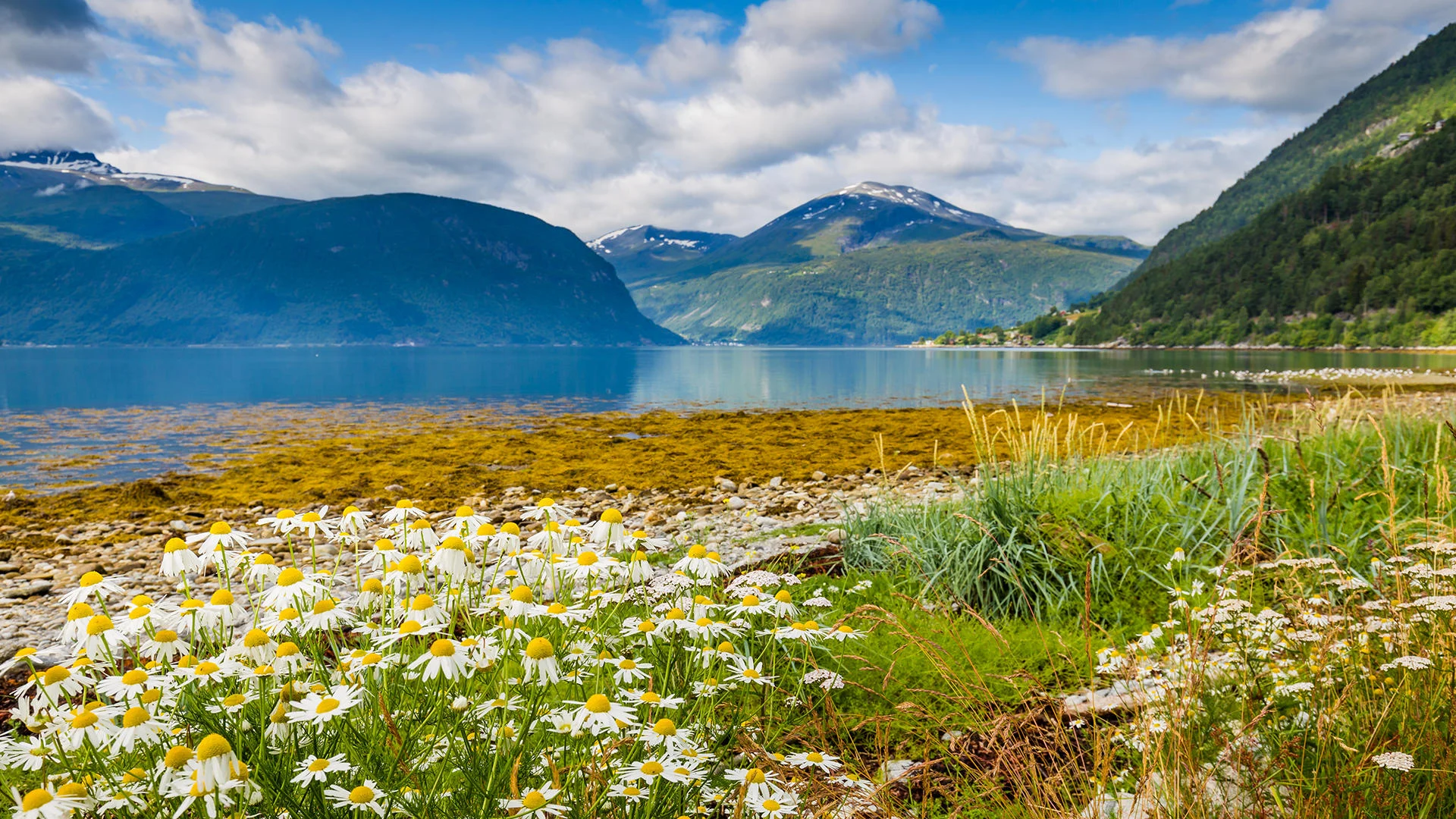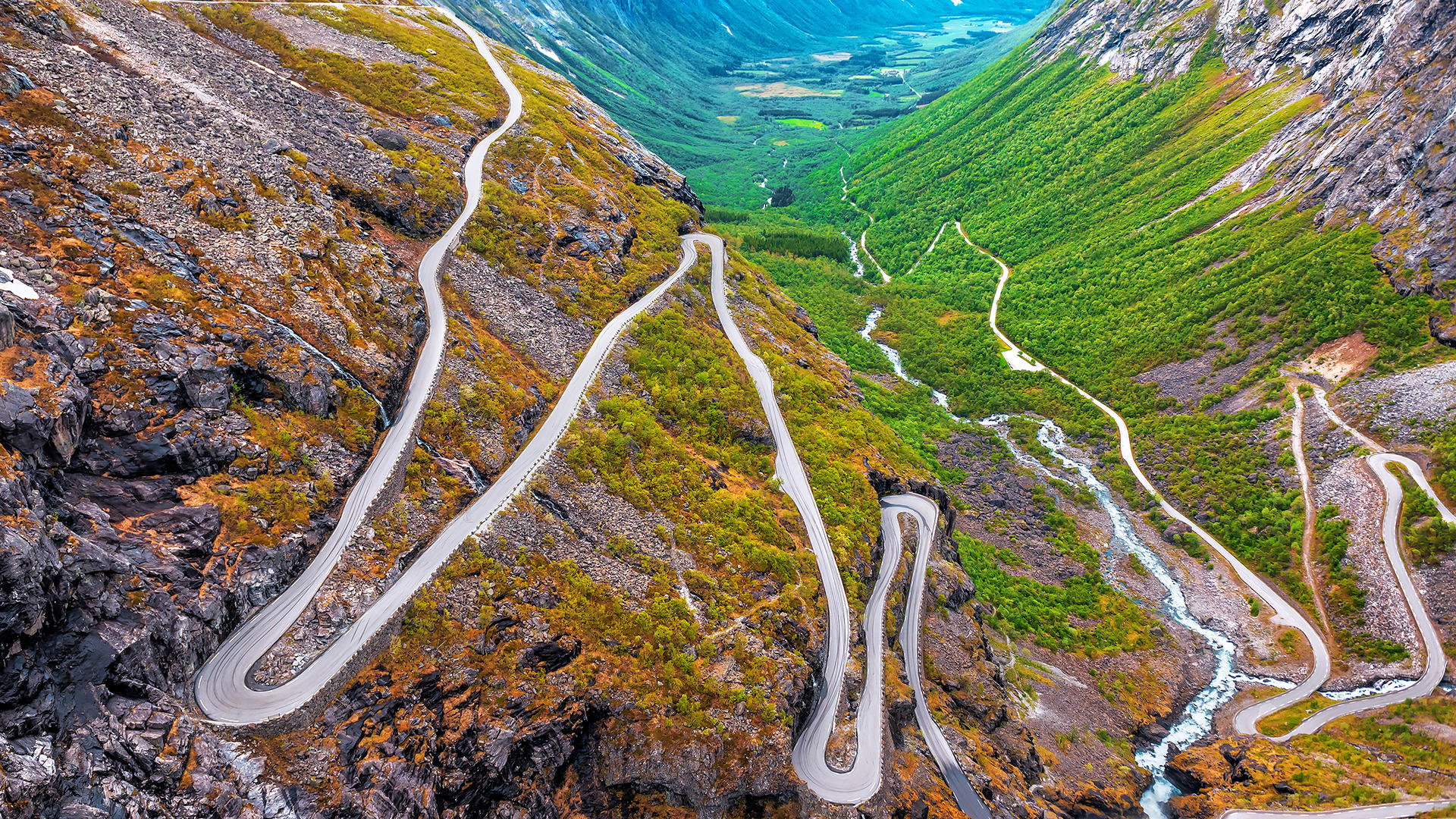-
-
-
Newsletter
Contact us:
Recent Tours
Norway
Related Tours

nuo 1489 Eur
Pažintinė kelionė į Norvegiją
Norway's unmistakable calling card and symbol is the mighty fjords - one of the greatest symbols of the natural world.
6 days
The capital, Oslo, is one of Europe's most stylish cities, with a wealth of contemporary architecture and modern skyscrapers.
Norway's appeal is simple: it is one of the most beautiful countries on earth.
Norway's fjords are incredibly beautiful, carving their steep sides up the rugged coastline inland. The huge and magnificent glaciers that sweep down from the ice deserts are among the largest in Europe.

Elsewhere, Norway's mountainous interior resembles the ramparts of a series of natural fortresses, while the islands along its coasts are rocky, like the moon. Of course, there is also a mix of primordial appeal and the free and stunning beauty of the Arctic. Wherever you find yourself in this extraordinary country, its landscapes are the backdrop to some of Europe's most beautiful villages.
Enjoying nature in Norway is one of Europe's most exciting and diverse adventure tourism destinations. While some activities are aimed at the young, energetic and intrepid, most of them, such as world-class hiking, cycling and rafting in summer, and dogsledding, skiing and snowmobiling in winter, can be enjoyed by anyone with sufficient physical fitness.
Norway's natural beauty is the opposite of its vibrant cultural life. Norway's cities are cosmopolitan and showcase the famous Scandinavian talent for design through the ages. Bergen, Trondheim and Ålesund are undoubtedly some of the most photogenic cities in Europe, and contemporary icons of Arctic-inspired architecture adorn both cities and remote rural areas.
Food is also a cultural passion that has led Norwegians to push the boundaries of modernity, while still having a great love of tradition.
Southern Norway Norway's south coast is home to a flock of holidaymakers in the summer, with its pristine coastal villages, intricate networks of bays and rocky islets, and glittering sea. For travellers, the Norwegian Riviera offers a very different experience from the fjords and plateaus of tourist brochures - cosmopolitan and quintessentially Norwegian.

Once you go inland, the scenery becomes even more spectacular. Inland, Rjukan is the gateway to Norway's most scenic highlands - Hardangervidda National Park and the spectacularly shaped Mount Gausta. Elsewhere, scattered across a forested landscape of dark lakes full of beavers, you'll find idyllic, remote villages, wooden stave churches and a rich traditional culture.
Central Norway Tundra and spectacular mountain ranges, charming villages, churches, enchanting wildlife, some of the best hiking and rafting in Norway - central Norway, with so many advantages, is more than a match for the fjords.
Here, in the heart of Norway, more than a dozen national parks have trails through glaciers, waterfalls and snowy peaks. Jotunheim National Park is one of Europe's premier hiking destinations and is crossed by one of Norway's most beautiful roads. Wild reindeer, moose and musk oxen can be found within the parks boundaries.
At the gateway to the parks, the UNESCO World Heritage-listed Røros, a centuries-old mining town with wooden houses and thatched cottages, and Lom, with its beautiful church, are two of Norway's most attractive inland villages.
Useful information:
Visas: no visa is required for Lithuanian citizens travelling to this country.
Language: Norwegian (Bokmål and Nynorsk dialects)
Capital: Oslo, 1,056,000 inhabitants (2021)
Currency: the Norwegian krone (Kr)
Electricity: 220 volts throughout the country. Electric plugs and sockets of European type.
Cost: Norway is one of the most expensive countries in Europe and the world. Housing, food and transport prices are among the highest in Norway.
Climate:
Scandinavia's mountains divide the country's climate into a maritime climate on the west coast and a continental climate in the east. The west coast of Norway, apart from its position in the north, has a mild and humid climate. This is due to the North Atlantic Current, which brings heat from the south. As a result, the coasts are mostly ice-free throughout the year. Condensed sea water (precipitation) falls on the western side of the mountain. This makes Bergen one of the European cities with the highest rainfall.
Food and drink
Meals in Norway are very modest, with one main course and a dessert of rice whipped with cream and sugar. The most appreciated of the meat dishes are the meat pies - walnut-sized minced beef meatballs served with boiled potatoes, stewed peas or cabbage, lingonberries and a thick sour cream sauce, and lamb with stewed cabbage. Old-style dishes such as fermented fish, sour milk cheese and lamb ribs are old favourites. In western Norway, a large stew of salty and fatty lamb with coarsely chopped cabbage and carrots and pearl barley is a staple. At Christmas, smoked mutton ribs with potatoes and grits (a vegetable similar to a turnip).
Shopping - what to bring back:
Lucky trolls. The trolls are believed to be the first inhabitants of Norway, living in the mountains in ancient times when the land was still covered in ice. Small souvenir troll figurines are believed to bring good luck, and there are so many of them and so many different kinds of figurines that you're bound to find one you like.
Also Norwegian knives. Chocolate and knitted clothes are the most popular souvenirs from this country.
Share this tour
Newsletter
Other suggestions:
Contact us:
-


